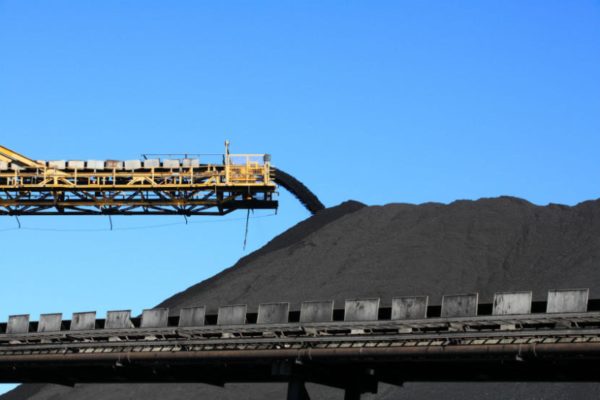Vistra Energy recently announced that its Dallas-based subsidiary, Luminant, would be closing two large coal-fired power plants in Texas, Big Brown in Fairfield and Sandow in Rockdale. This announcement came exactly one week after Vistra announced it would close another coal plant, the Monticello unit near Mount Pleasant.
Taken individually, these retirements might not seem that significant. But viewed collectively, the announcements can be seen as part of an accelerating trend in electricity generation capacity. Simply put, coal is dying off, at least in Texas, and there is not much that can, or should, be done about it.
The retirement of coal-fired power plants is directly related to the low price of natural gas, a trend that began about 10 years ago and shows no signs of slowing. During that time, the amount of electricity generation in Texas from coal has been steadily falling — from about 40 percent in 2007 to less than 30 percent today.
When these coal plant retirements take effect, and quite likely before, total capacity for wind power will surpass that of coal for the first time in Texas. By the end of 2018, there could be as much as 10,000 megawatts more wind capacity than coal on Texas’ power grid. As a point of reference, the total amount of generation capacity from all sources is about 110,000 MW.
What’s more, given current projections, wind could overtake coal in terms of annual energy generation by 2020 or sooner if more coal plants close. The Electric Reliability Council of Texas’ interconnection queue — the amount of electricity generation expected to come on line during the next few years — projects 29,500 MW of wind, 23,800 MW of solar and 14,400 MW of natural gas. Not all of that generating capacity will get built, but the trend is clear. There is no coal in the queue.
Why did this happen? One way to look at Luminant’s coal plant retirements is that the Texas market has been oversupplied for a while, and someone had to blink.
Coal plants in Texas have taken a 1-2 punch in the markets.
First, they’re old. Most of them were built in the 1970s using outdated technology, and they have reached the end of their useful lives. The Vistra coal units could be replaced with newer, “clean coal” technology, but the market is operating on razor-thin margins as it is, so the retiring plants will undoubtedly be replaced with something less expensive — probably a combination of wind, solar and natural gas.
In today’s market, you can build a new combined-cycle natural gas plant that’s twice as efficient as a new coal plant and about half the cost. Low natural gas prices and cheaper renewable power also have kept wholesale market prices below the operating costs of most coal plants.
Again, the economics work against coal. Some coal plants have tried partial shutdowns — operating only during the summer or other peak periods, when prices are higher — but seasonal mothballing also costs money. In any case, those actions weren’t enough to make a difference.
If you scratch deep enough, you will find at least a pseudo-libertarian in just about every Texan. It’s in our blood. We tend to prefer minimally regulated markets and for people, such as the federal government, to leave us alone.
President Donald Trump and his administration are doing what they can to resurrect the nation’s coal industry. And while it remains to be seen whether those actions will work in other electricity markets, it won’t affect Texas, because our electricity grid is wholly contained within our borders and thus beyond the reach of the feds. In any case, the native Texan in me says even trying to do so amounts to a usurpation of our state’s rights.
If you truly value reliability and resilience in a competitive energy market, create a new market for that service and let everyone bid to supply it. That’s how you keep the “cost of freedom” down.
Joshua Rhodes is a research fellow at the Energy Institute at The University of Texas at Austin.
A version of this op-ed appeared in the Dallas Morning News, Corpus Christi Caller Times, and the Waco Tribune Herald.
To view more op-eds from Texas Perspectives, click here.
Like us on Facebook.




